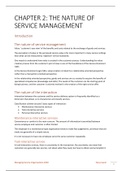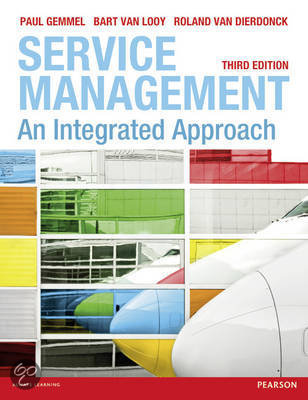Summary
Summary MSO
- Course
- Institution
- Book
Dit is een samenvatting van volgende papers: - "Service Blueprinting: a practical technique for service innovation" - "Moving the Customer Experience Field Forward: Introducing the TCQ Nomenclature" - "Servitization: or why services managment is relevant for manufacturing environments" - "Probl...
[Show more]






